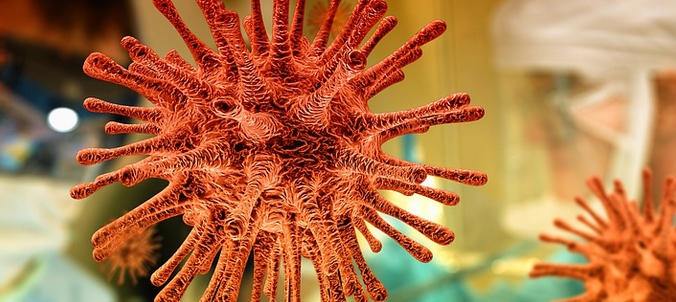Introduction
Plants are known for their green color, which is due to the presence of chlorophyll. Chlorophyll is a pigment that is responsible for capturing light energy from the sun and converting it into chemical energy during photosynthesis. There are two types of chlorophyll, chlorophyll a and chlorophyll b. In this article, we will discuss the chemical structure of both of these pigments and their role in plant biology.
Chlorophyll a
Chlorophyll a is a blue-green pigment that absorbs light in the 430-662 nm range. It consists of a porphyrin ring, which is similar to the heme group found in hemoglobin, and a hydrocarbon tail. The porphyrin ring contains a magnesium ion at the center, which is essential for its function in photosynthesis. The hydrocarbon tail interacts with the thylakoid membrane, which is where photosynthesis takes place.
Why is Chlorophyll a Important?
Chlorophyll a is the primary pigment in photosynthesis. It is responsible for capturing light energy and transferring it to other molecules in the photosynthetic pathway. Without chlorophyll a, plants would not be able to convert light energy into chemical energy, which is essential for their survival.
Chlorophyll b
Chlorophyll b is a yellow-green pigment that absorbs light in the 450-640 nm range. It is structurally similar to chlorophyll a, but it has a slightly different porphyrin ring and a different hydrocarbon tail. Chlorophyll b is found in higher plants and green algae, but not in cyanobacteria or prochlorophytes.
What is the Function of Chlorophyll b?
Chlorophyll b is an accessory pigment that works in conjunction with chlorophyll a. It absorbs light energy that is not absorbed by chlorophyll a and transfers it to chlorophyll a for use in photosynthesis. Chlorophyll b also helps to broaden the spectrum of light that is absorbed by plants, which allows them to use a wider range of light for photosynthesis.
Conclusion
In conclusion, chlorophyll a and b are essential pigments in plant biology. Chlorophyll a is the primary pigment in photosynthesis, while chlorophyll b is an accessory pigment that helps to broaden the spectrum of light that is absorbed by plants. Understanding the chemical structure of these pigments is important for understanding how plants capture and use light energy during photosynthesis. By understanding the chemistry of chlorophyll, we can better appreciate the beauty and complexity of the natural world.

